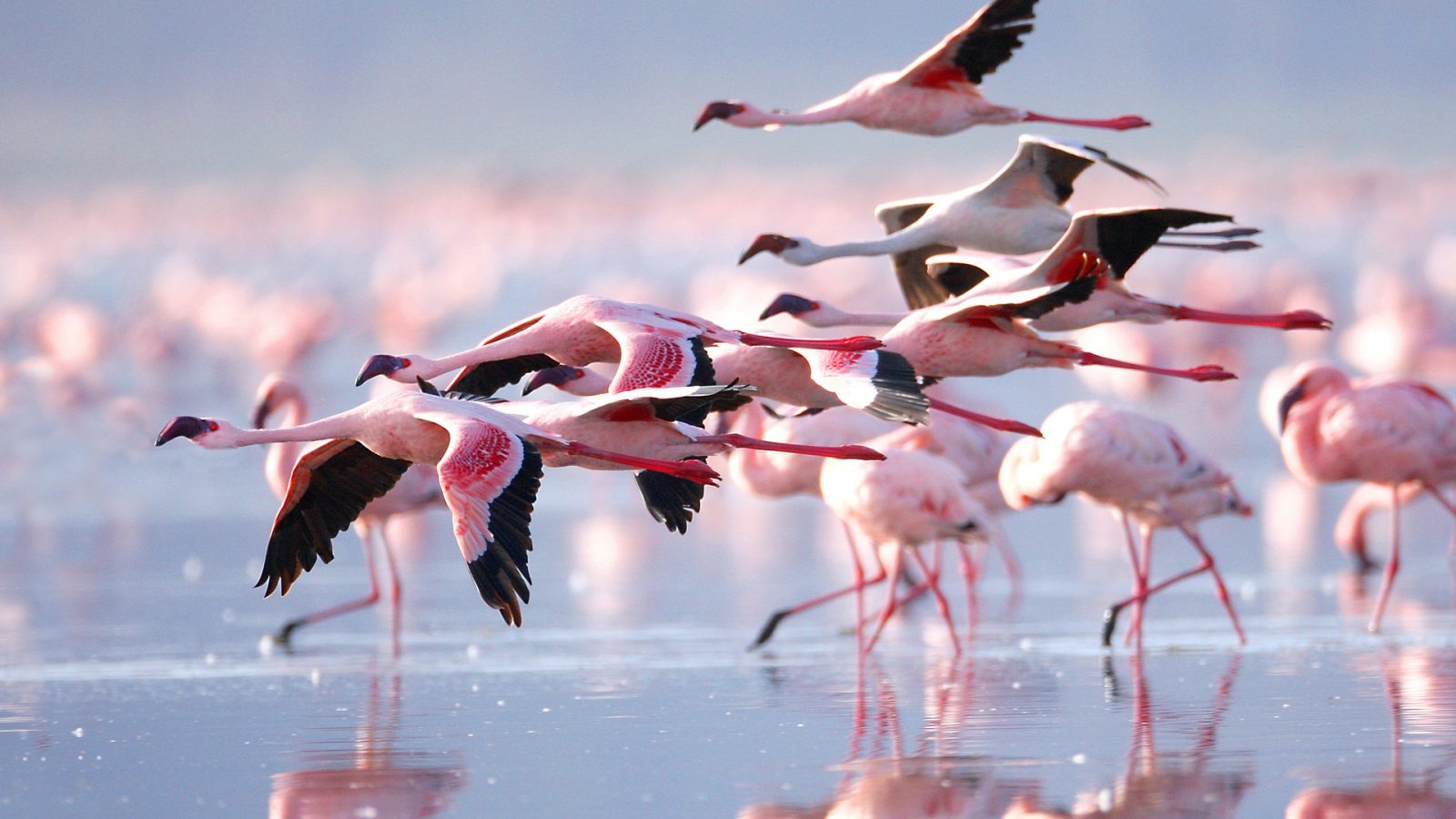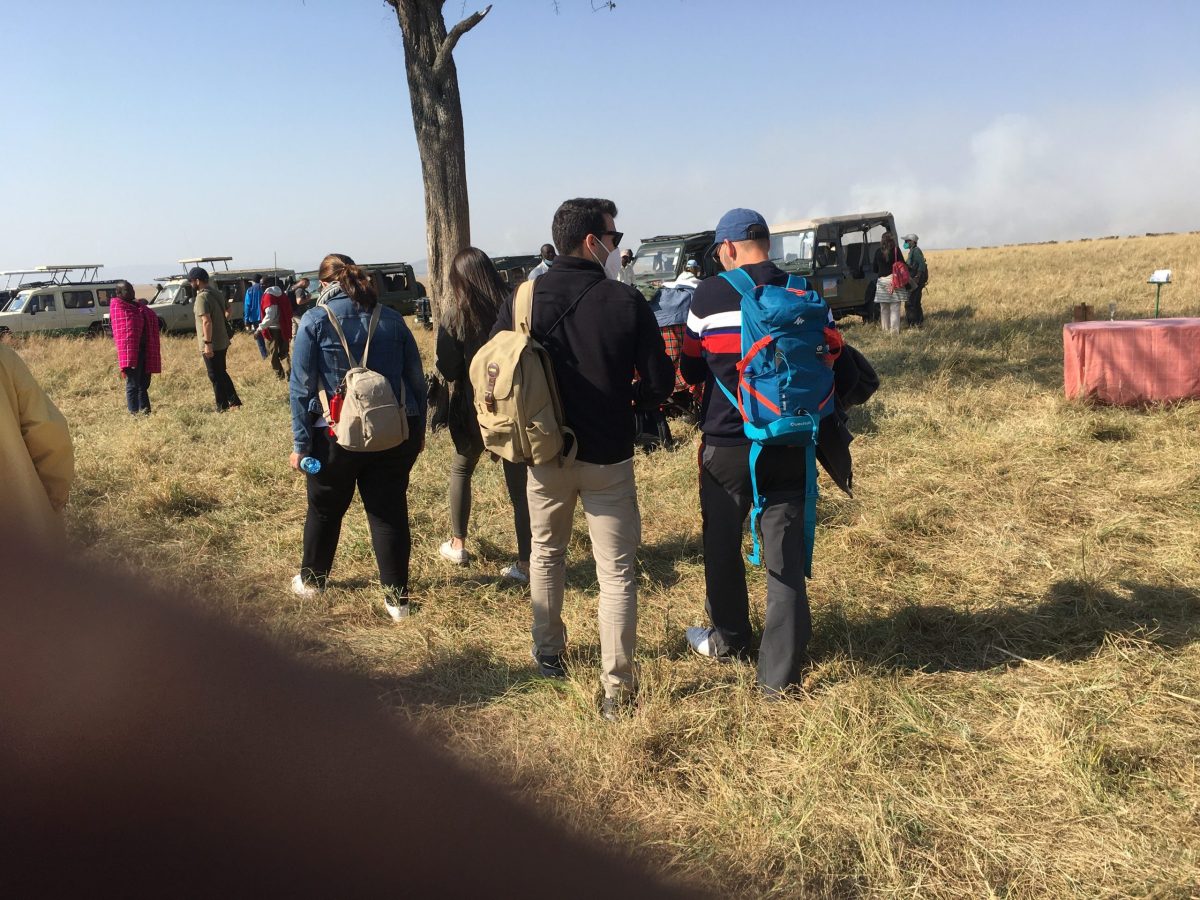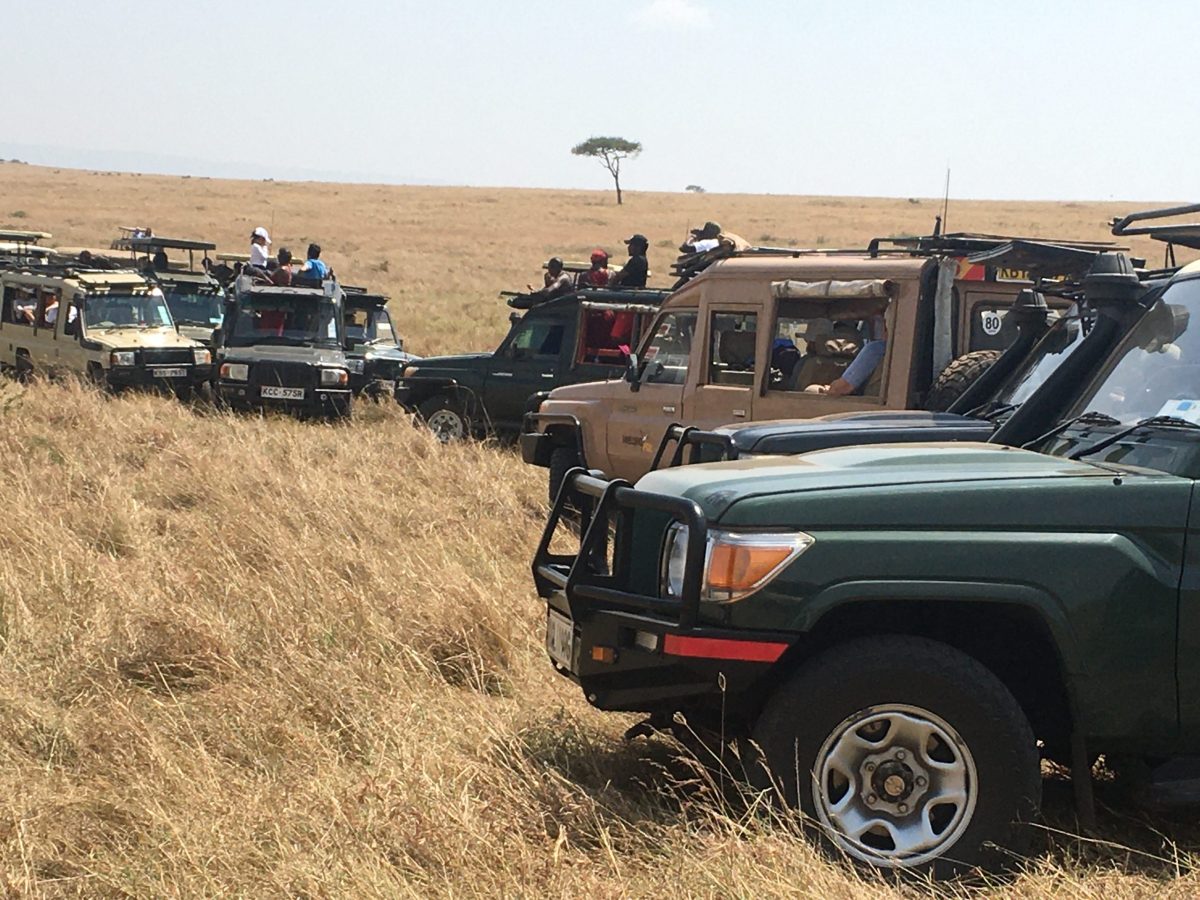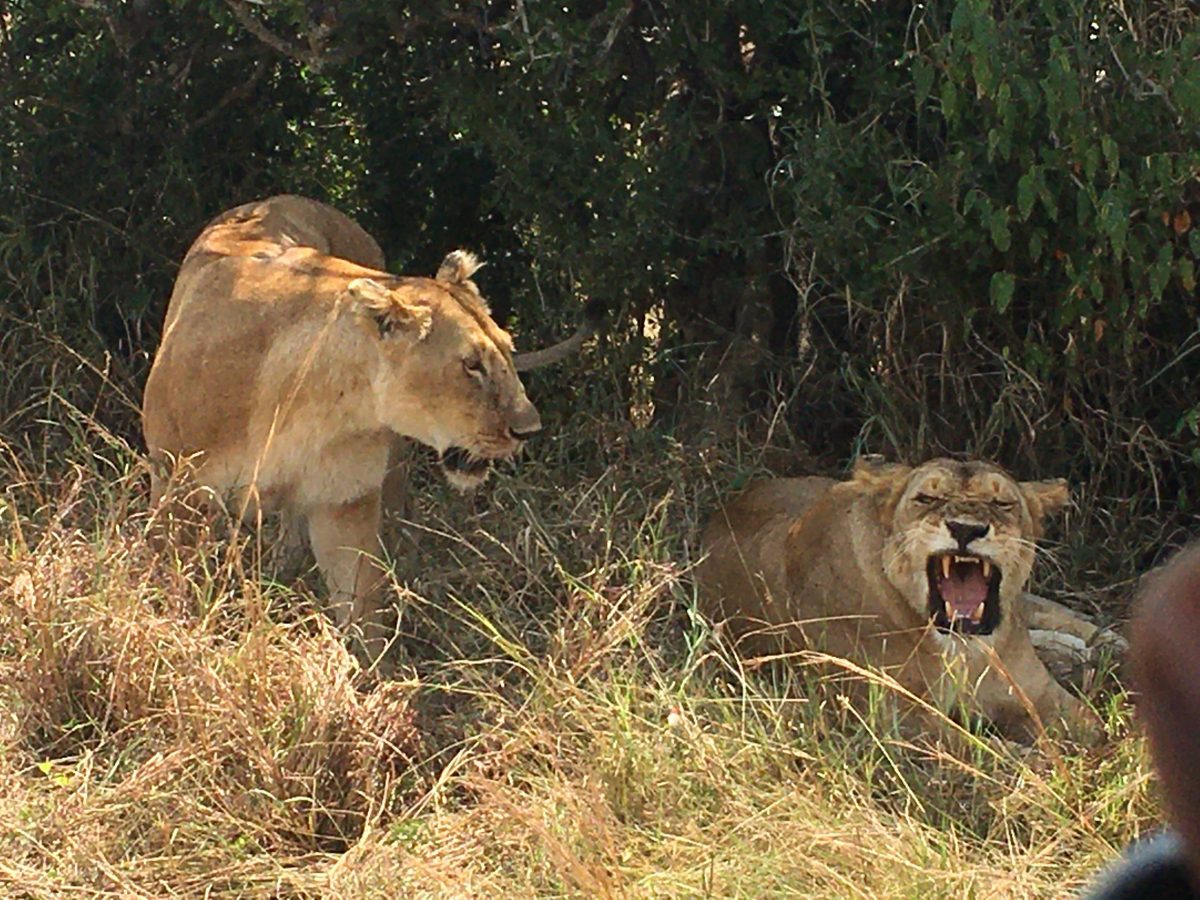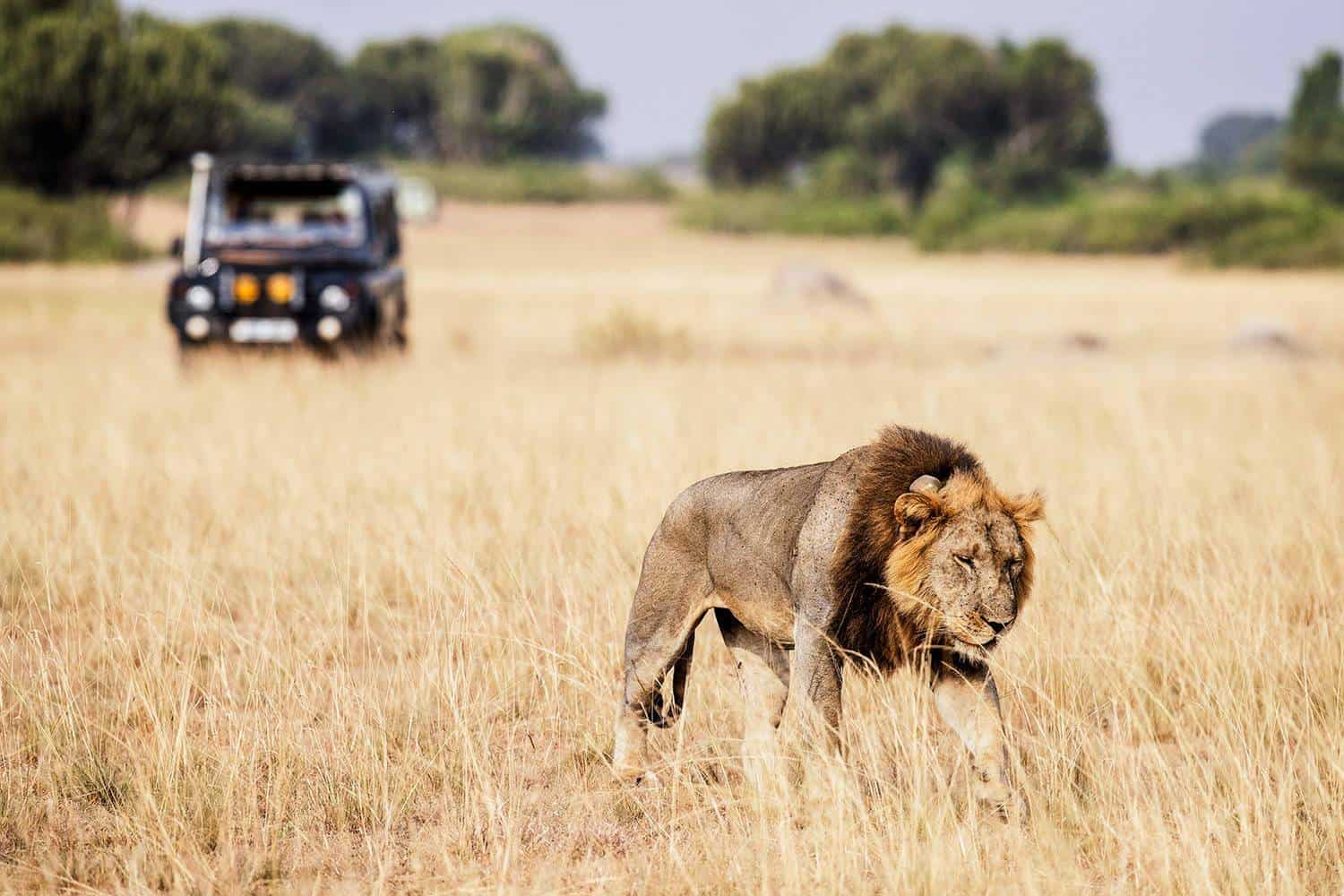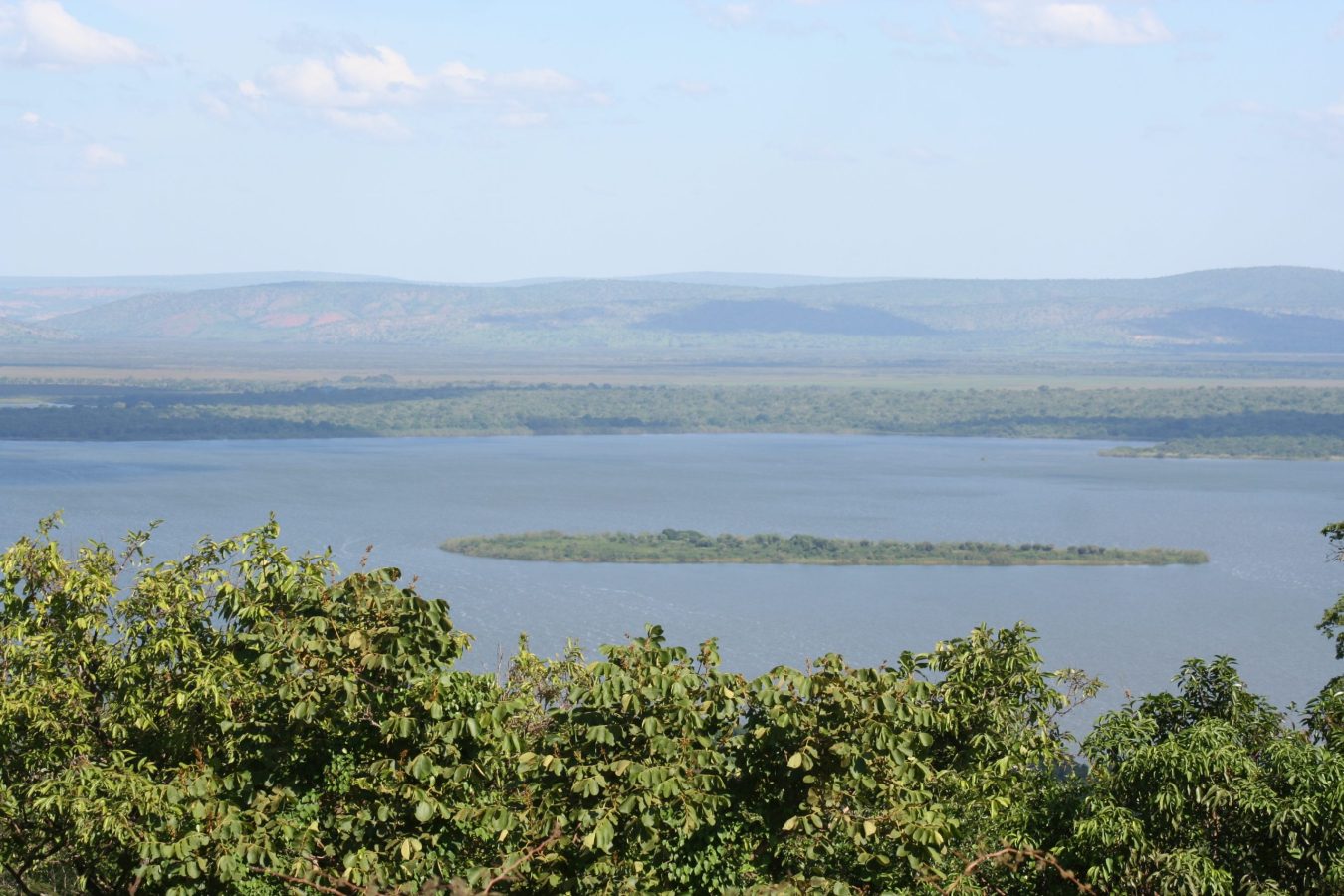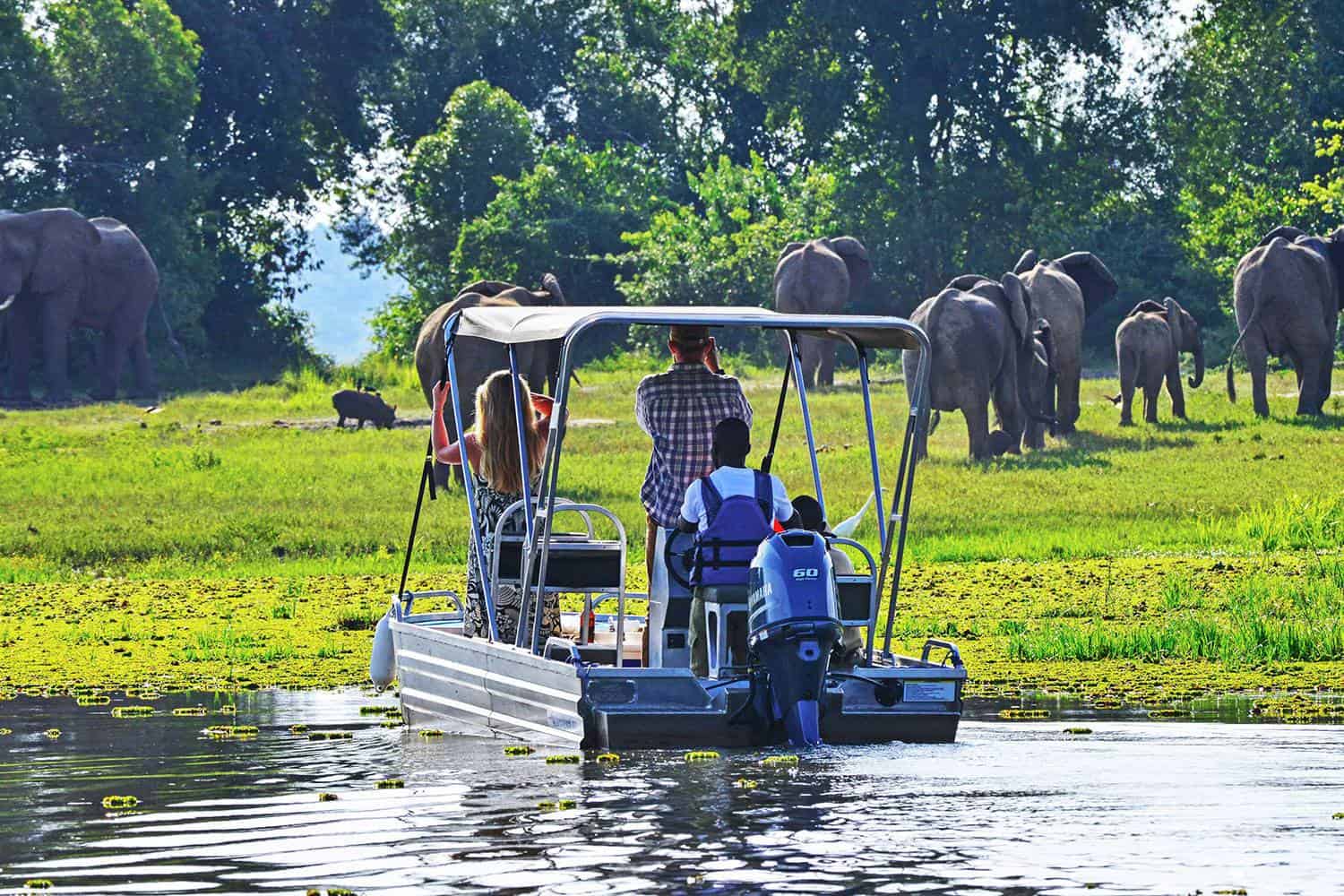Lake Manyara National Park – All You Need to Know BEFORE You Go (with Photos & Videos)
Lake Manyara National Park is a protected area located in northern Tanzania. It is situated at the base of the Rift Valley escarpment and is known for its diverse ecosystems and abundant wildlife. The park is named after Lake Manyara, a shallow alkaline lake that covers about two-thirds of the park’s total area. The lake is a haven for birdwatchers, as it attracts a wide variety of bird species, including flamingos, pelicans, storks, and many others.
Manyara National Park is home to a diverse range of wildlife, including elephants, giraffes, buffalos, zebras, wildebeests, and impalas. The park is also known for its tree-climbing lions. Lions in this area have developed a unique behavior of climbing trees, possibly to escape the bothersome flies on the ground and to get a better view of the surrounding plains.
Manyara National Park is a unique and beautiful destination that offers a mix of wildlife, birdlife, and stunning landscapes, making it a memorable stop for those exploring Tanzania’s natural wonders.
Where is Lake Manyara Park Located?
Lake Manyara National Park is located in northern Tanzania, near the town of Mto wa Mbu. The park is situated at the base of the Rift Valley escarpment and is part of the Great Rift Valley. The approximate geographic coordinates of Lake Manyara National Park are between 3.3833° S latitude and 35.8500° E longitude.
The park is located southwest of Arusha, one of the major cities in Tanzania. The distance from Arusha to Lake Manyara National Park is approximately 126 kilometers (about 78 miles) by road.
The park is accessible by road, and there are well-maintained routes leading to its entrance. Many visitors include Lake Manyara National Park as part of their northern circuit Tanzania safari, which often includes other popular destinations like Serengeti National Park and Ngorongoro Conservation Area.
The park’s location in the Great Rift Valley and its proximity to various other wildlife-rich areas make it a significant part of Tanzania’s conservation and tourism landscape. Visitors to Lake Manyara National Park can experience a variety of ecosystems and observe diverse wildlife against the backdrop of the scenic Rift Valley.
What to Adventure in Lake Manyara Park?
Lake Manyara National Park offers a variety of adventures for visitors, ranging from wildlife Tanzania safaris to bird watching and enjoying the park’s diverse landscapes.
- Game Drives
- Bird Watching
- Tree-Climbing Lions
- Scenic Views
- Cultural Tours
- Canoeing and Boat Tanzania safaris
- Walking Tanzania safaris
- Photography
Before embarking on any adventure, it’s advisable to check with Deks Tours regarding specific activities, seasonal variations, and safety guidelines. Whether you’re a wildlife enthusiast, a nature lover, or a photographer, Lake Manyara National Park provides a memorable and diverse Tanzania safari experience.
Game Drives in Lake Manyara
Game drives in Lake Manyara National Park offer visitors the opportunity to explore the park’s diverse landscapes and observe a wide variety of wildlife. Lake Manyara National Park is home to a rich array of wildlife, including elephants, giraffes, buffalos, zebras, wildebeests, and various species of antelope.
One of the unique features of the park is the presence of tree-climbing lions. Keep a lookout for these lions lounging on the branches of acacia and mahogany trees?
The park offers a mix of ecosystems, including groundwater forests, acacia woodlands, and open grassy plains. Game drives provide an opportunity to appreciate the scenic beauty of the Rift Valley escarpment and the lake.
Lake Manyara is famous for its tree-climbing lions, and a game drive is your chance to witness this unique behavior. The lions often climb trees for relaxation, to escape bothersome insects, and to get a better vantage point.
Before embarking on a game drive, it’s advisable to check with the park authorities or your Tanzania safari operator for any specific guidelines, safety information, and park regulations. Following these guidelines ensures a safe and enjoyable experience as you explore the diverse landscapes and wildlife of Lake Manyara National Park.
Bird Watching in Lake Manyara National Park
Lake Manyara National Park is a paradise for birdwatchers, offering a diverse range of bird species in its various ecosystems. Lake Manyara is known for attracting large flocks of flamingos, especially during the wet season. Both greater and lesser flamingos can be observed around the lake’s shores, creating a stunning pink spectacle.
The lake is home to a variety of waterfowl, including pelicans, storks, herons, egrets, and cormorants. These birds can be seen wading in the shallows or flying gracefully over the water.
- African Fish Eagle
- Flamingos
- Waterfowl
- Hammerkop
- Kingfishers
- Herons and Egrets
- Raptors
- Vultures
- Forest Birds
- Seasonal Migration
To enhance your bird watching experience, consider hiring a knowledgeable guide who can identify and provide information about the various bird species. Early morning and late afternoon are generally good times for bird watching when bird activity is at its peak. Whether you’re a dedicated birdwatcher or a casual observer, Lake Manyara National Park offers a rich and rewarding avian experience.
Adventure the Tree-Climbing Lions in Lake Manyara National Park
One of the unique and exciting features of Lake Manyara National Park is the presence of tree-climbing lions. Lake Manyara is one of the few places in the world where lions have developed a habit of climbing trees. The reasons for this behavior include escaping the heat, avoiding bothersome insects on the ground, and gaining a better vantage point for spotting prey.
Lions can be found throughout the park, but certain areas are more known for tree-climbing lion sightings. The woodlands and acacia trees near the lake are prime locations to observe this behavior.
The most common way to witness the tree-climbing lions is through game drives. Experienced guides are familiar with the lions’ favorite trees, and they can help you spot these majestic cats lounging on the branches.
Lions are generally more active during the early morning and late afternoon. These times offer better lighting for photography and increase the chances of observing the lions engaging in their distinctive tree-climbing behavior.
Encountering tree-climbing lions in Lake Manyara National Park is a truly unique and thrilling adventure. It adds an extra layer of excitement to the traditional Tanzania safari experience and provides an opportunity to witness a fascinating behavior that sets Lake Manyara apart from other wildlife destinations.
Enjoy Scenic Views of Manyara National Park
Lake Manyara National Park is not only renowned for its diverse wildlife but also for its stunning landscapes and scenic views. Take a game drive through the park, especially along the shores of Lake Manyara and up the Rift Valley escarpment. This will provide you with breathtaking views of the lake, the surrounding woodlands, and the distant mountains.
The park has designated viewpoints that offer panoramic vistas of Lake Manyara and the surrounding landscape. Some viewpoints are strategically located along the escarpment, providing stunning overlooks of the park.
Lake Manyara National Park has several picnic sites where you can enjoy a meal amidst nature. These sites often offer scenic views, allowing you to relax and appreciate the beauty of the park while having a picnic.
Remember to check with your Tanzania safari operator – Deks Tours specific viewpoints, recommended areas for scenic views, and any additional activities that might enhance your experience of Lake Manyara National Park’s natural beauty.
Experience Cultural Tours in Lake Manyara National Park
While Lake Manyara National Park is primarily known for its diverse wildlife and stunning landscapes, cultural tours in the surrounding areas can provide visitors with valuable insights into the local communities and their ways of life. Some guided tours include visits to nearby villages where you can interact with the local residents. This may involve meeting community members, learning about their daily lives, and gaining insights into their traditional customs and practices.
Cultural tours often include traditional performances such as dances, music, and storytelling. Local performers may showcase traditional dances that are significant to their cultural heritage, providing a lively and educational experience for visitors.
Some cultural tours offer the opportunity to visit craft workshops where you can observe and even participate in traditional craft-making activities. This could include beadwork, pottery, or other artisanal crafts.
Explore local markets where residents sell their handmade crafts, produce, and other goods. This can be a great way to support local communities and purchase authentic souvenirs.
Before engaging in cultural Africa tours, it’s essential to approach these experiences with respect and a genuine interest in learning about and understanding the local culture. Additionally, ensure that the tours are conducted in a responsible and sustainable manner, with the well-being and consent of the local communities in mind.
Enjoy Canoeing and Boat Tanzania safaris in Manyara National Park
Lake Manyara National Park is primarily known for its land-based activities such as game drives and cultural tours. However, the availability of canoeing and boat Tanzania safaris may vary, and it’s recommended to check with Deks Tours for the most up-to-date information on specific activities in the park.
Explore the scenic beauty of Lake Manyara from the water by participating in a canoeing excursion. Canoeing provides a unique perspective on the park, allowing you to observe birdlife, hippos, and other aquatic species.
If boat Tanzania safaris are available, you may have the opportunity to take a guided boat trip on the lake. This can be an excellent way to view wildlife, especially the diverse bird species that inhabit the lake.
Lake Manyara is known for its rich birdlife, including flamingos, pelicans, and other waterfowl. Canoeing or boating allows you to get close to these birds and observe their behavior in a more intimate setting.
Before planning any activities, including canoeing or boat Tanzania safaris, check with Deks Tours for the latest information on permitted activities, safety guidelines, and any seasonal considerations.
Enjoy Walking Tanzania safaris in Lake Manyara
Walking Tanzania safaris in Lake Manyara National Park were not commonly offered due to safety concerns associated with the presence of large and potentially dangerous wildlife. Game drives were the primary means of exploring the park.
However, the availability of walking Tanzania safaris can change, and new initiatives may be introduced. To enjoy walking Tanzania safaris or guided nature walks in Lake Manyara National Park, consider the following:
If walking Tanzania safaris are permitted, they are likely to be conducted as guided nature walks led by armed and experienced guides. These walks are designed to provide a more intimate experience with the flora and fauna while prioritizing safety.
Some areas of the park, particularly the groundwater forests, may be more conducive to walking Tanzania safaris. These forests are rich in biodiversity and can offer a different perspective on the ecosystem.
Before planning any activities, including walking Tanzania safaris, it’s crucial to verify the current rules and regulations with relevant authorities. If walking Tanzania safaris are not available in Lake Manyara National Park, you may still have opportunities for guided walks in surrounding areas or other parks where walking Tanzania safaris are permitted. Always prioritize safety and environmental conservation during any nature-based activities.
Photography Expeditions in Manyara National Park
Lake Manyara National Park provides excellent opportunities for photography with its diverse wildlife, stunning landscapes, and unique features. Bring a good camera with a zoom lens to capture both wide-angle shots of landscapes and close-ups of wildlife. A telephoto lens is particularly useful for capturing details of distant animals.
Lake Manyara is famous for its tree-climbing lions. Be prepared to capture this unique behavior. A telephoto lens will help you get close-up shots without disturbing the animals.
Manyara is a haven for birdwatchers. Bring a telephoto lens for capturing detailed shots of birds. Consider a tripod or monopod to stabilize your camera during longer shots.
Take advantage of the golden hours—early morning and late afternoon—for the best lighting conditions. The soft light during these times enhances the colors and textures in your photographs.
Remember to check with Deks Tours for any specific photography guidelines or restrictions in Lake Manyara National Park. Whether you’re a professional photographer or an enthusiast, Lake Manyara offers a captivating canvas for stunning wildlife and landscape photography.
What is special about Manyara National Park?
Lake Manyara National Park, located in northern Tanzania, is renowned for its unique features and biodiversity. It is famous for its tree-climbing lions. This behavior is uncommon in lions, and Manyara is one of the few places in the world where they can be regularly observed resting on the branches of acacia and mahogany trees.
The park encompasses a variety of ecosystems, including groundwater forests, open grasslands, and acacia woodlands. This diversity supports a wide range of flora and fauna, contributing to the park’s ecological richness.
Manyara is a paradise for birdwatchers, with over 400 bird species recorded. The alkaline lake attracts large flocks of flamingos, pelicans, storks, and a variety of waterfowl. The park is recognized as a Ramsar Wetland of International Importance.
The park offers stunning views of the Rift Valley escarpment and Lake Manyara. The reflective surface of the lake, surrounded by lush vegetation and the escarpment in the background, creates picturesque landscapes.
The combination of tree-climbing lions, diverse ecosystems, rich birdlife, and scenic landscapes makes Lake Manyara National Park a special and memorable destination for Tanzania safari enthusiasts and nature lovers alike.
Is it worth going to Lake Manyara?
Whether or not it’s worth going to Lake Manyara depends on your interests, preferences, and the type of experiences you’re seeking on your Tanzania safari. If witnessing the unique behavior of tree-climbing lions is high on your priority list, Lake Manyara is a special destination. Observing lions lounging in the branches of acacia and mahogany trees is a rare and distinctive experience.
Manyara is a haven for birdwatchers, with a diverse range of bird species, including flamingos, pelicans, storks, and numerous waterfowl. If you have a keen interest in birdlife, this park is a must-visit.
The park offers stunning views of the Rift Valley escarpment and the reflective surface of Lake Manyara. If you appreciate scenic landscapes and enjoy photography, the park’s beauty might be worth exploring.
Ultimately, Lake Manyara National Park is worth considering if its unique features align with your interests. However, preferences vary among travelers, so it’s essential to assess your own priorities and expectations for a Tanzania safari experience. If the combination of tree-climbing lions, diverse ecosystems, and scenic landscapes appeals to you, Lake Manyara can offer a memorable and distinct Tanzania safari adventure.
What wildlife is in Lake Manyara?
Lake Manyara National Park is home to a diverse array of wildlife, including mammals, birds, and other species. While it may not have the same concentration of large mammals as some other Tanzanian parks, it offers a unique and varied Tanzania safari experience. Lake Manyara is famous for its tree-climbing lions. The park is one of the few places where lions exhibit this behavior, often resting in the branches of acacia and mahogany trees.
Manyara is home to a population of elephants. These majestic creatures can often be seen moving through the park, particularly in the woodlands and near water sources. Buffalos are commonly found in the park, and they can be seen grazing in the open grassy areas or near water sources.
The combination of diverse ecosystems, from groundwater forests to open grasslands, contributes to the park’s rich biodiversity. Visitors to Lake Manyara National Park can expect a unique Tanzania safari experience with a focus on both wildlife and scenic beauty.
Luxury Africa Tours & Holidays – Deks Safaris and Tours Ltd
- 6 Days Uganda Kenya Tour
- 7 Days Rwanda Uganda Tour
- 8 Days Kenya Uganda Luxury Safari
- 8 Days Kenya Uganda Tour
- 9 Days Kenya Uganda Safari
- 10 Days Kenya Uganda Safari
- 10 Days Uganda Kenya Tanzania Safari
- 10 Days Rwanda Kenya Tanzania Safari
- 11 Days Kenya Uganda Rwanda Safari
- 11 Days Kenya Uganda Safari
- 11 Days Uganda Kenya Zanzibar Safari
- 11 Days Rwanda Kenya Safari
- 12 Day Kenya Uganda Rwanda Safari
- 13 Days Uganda Kenya Tanzania Safari
- 14 Days Across Africa Safari
- 14 Days Rwanda Tanzania Safari
- 15 Days Kenya Rwanda Tour
- 16 Days Kenya Uganda Safari


